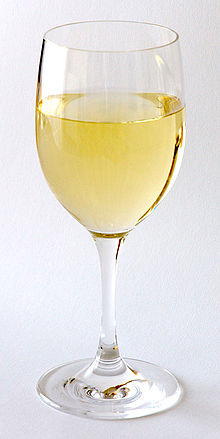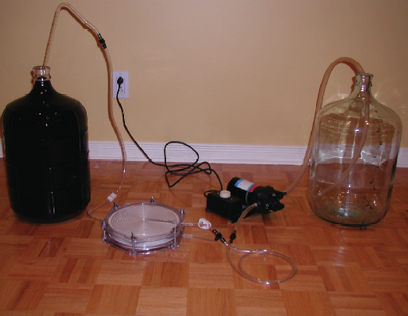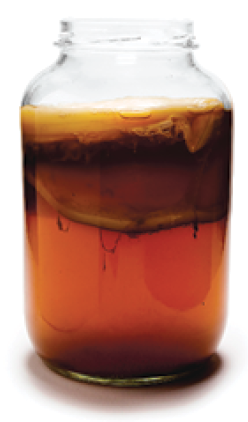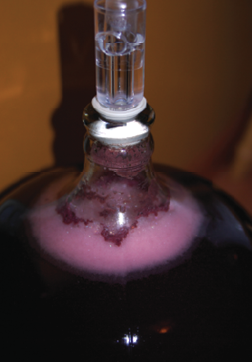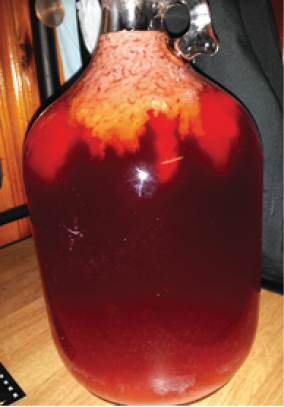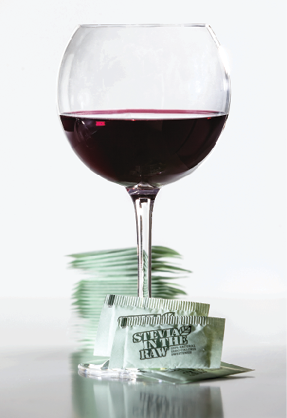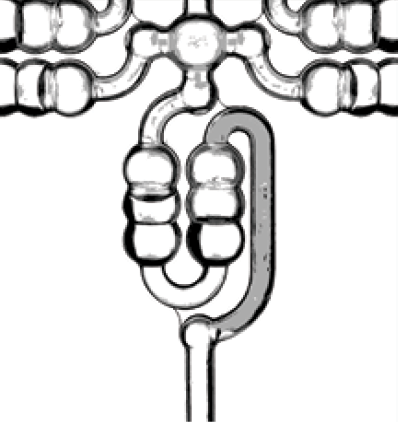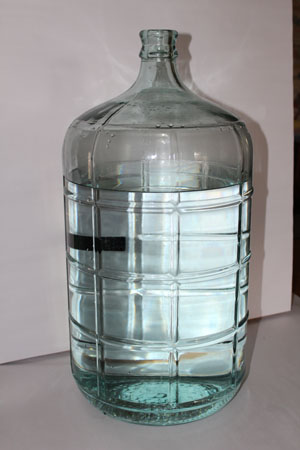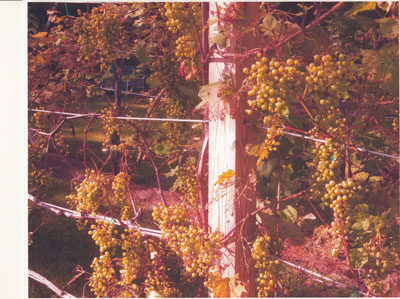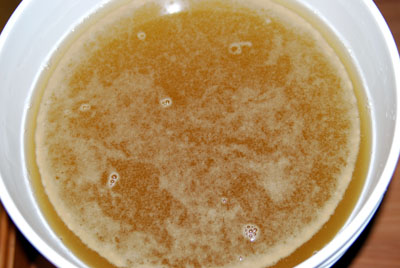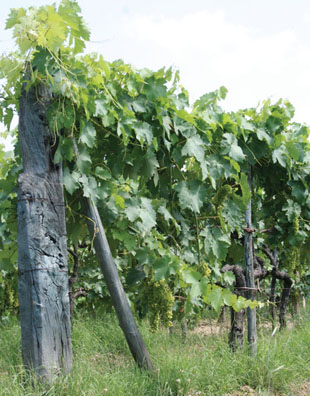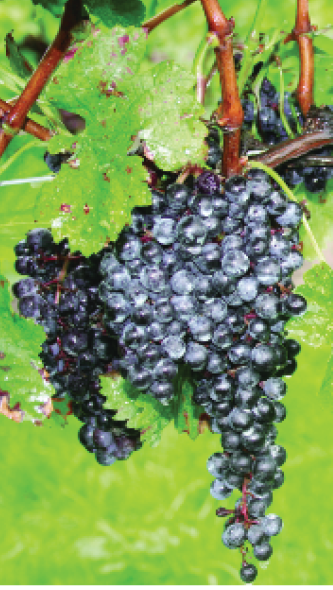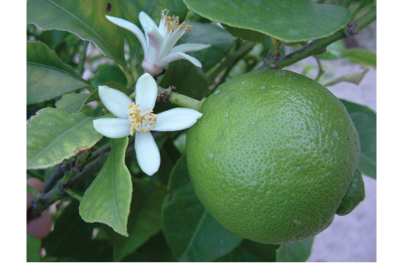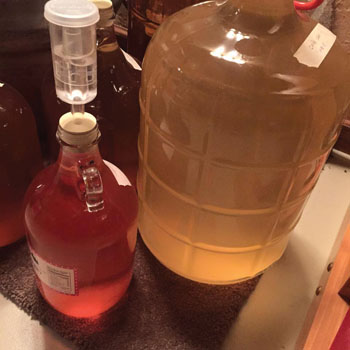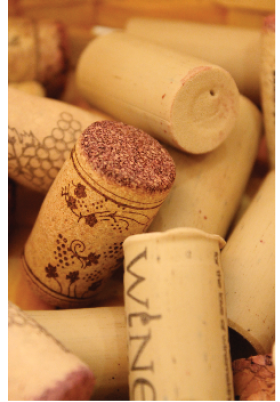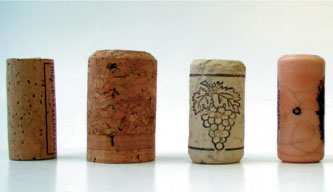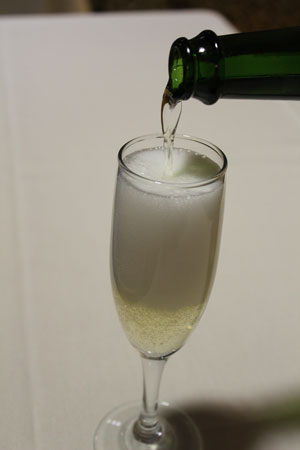Topic: Wine-Wizard
Making Muscat, Battling VA, Finding Ideal SO2 Levels
No matter which strain you use, be sure that you read up on all the specifications from the manufacturer around ideal performance conditions.
Fun With Filtration, When To Harvest, and Transporting Wine
. . . a lot of sediment we find in wines actually forms after the wine is bottled, and is nothing that filtration can control.
Brett in the Winery, Hangover Myths, and Grapes In Albuquerque
Brettanomyces is often an ambient microbe in the air we breathe, but that’s no reason to go inviting concentrated and healthy stocks of it into your cellar.
Stuck Fermentations, Using Tartaric Acid, and Cooking With Wine
I find that when sugar is that low, the process of re-starting actually lowers the overall quality and you’re better off bottling slightly sweet (sterile filtered).
“Fruit Floaties”, Sweetening Wine, Free SO2 levels
Because sulfur dioxide is so easily-oxidizable, hydrogen peroxide naturally ‘finds’ the easily-oxidized SO2 and the two hopefully cancel each other out.
Alternative Sweeteners, Pomace Compost, and Stuck Fermentations
If you add some kind of sweetener that is fermentable (table sugar, grape concentrate, maple syrup, honey, etc.) you risk an uncontrolled re-fermentation in the bottle, which is never fun.
Empty Airlocks, Calculating ABV, and Transplanting Vines
Most top-scoring red wines made in the U.S. are bottled after 18–24 months in barrel.
Softened Water, High Alcohol Wine, and Tiny Bubbles
Water softeners add another wrinkle, namely because they tend to add a lot of sodium.
Japanese Beetles, Freezing Grapes, and Adjusting Aged Wine
A really innovative and completely natural way to control Japanese beetles is to implement a longer-term biological control program utilizing one of the insect’s natural enemies, the ‘milky spore’ bacteria.
Fermentation Troubles, Natural Fining, and Get Your Swirl On
Some home winemakers cool down must ferments by freezing gallon water jugs and tossing them (closed tightly) into fermenting totes, bins or trash cans of must during a punchdown.
White Film In My Wine Barrel
It sounds like you are doing the right thing. This is probably an aerophilic “flor” type yeast that is eating alcohol, and in the presence of air (if it was slightly untopped)
Understanding “Degree Days”, White Film on Wine, and Glass vs. Wood
Q Is there any wine grape that can be successfully grown in an area with a heat summation of 1,200? I am near the Pacific Coast and summers are not very warm,
Sediment In A Fruit Wine
I definitely would re-think your pre-bottling aging and fining procedures. Many wines, especially those made with fruit other than grapes, are susceptible to flocculation (a fancy term for sediment) and visible fallout.
Importing Juice vs. Fresh Grapes, Wild Fermentations, Sediment In The Bottle
I prefer to have as much information as I can about where my raw material is coming from, and being able to handle the actual grapes is one way to help you get there.
Adding Campden Tablets to Wine
The great thing about Campden tablets (a convenient form of dosing in sulfur dioxide for home winemakers) is that they will inhibit the yeast and bacteria you do not want (which are
Adding Sambuca to Wine
Well I like your moxie. Sometimes it takes a little thinking outside the box to really make our beverages sing, and in your case (though it would be anathema to a commercial
Putting A Value On A Vineyard
I’m very sorry about your vine loss. I do agree with Dr. Lockwood that you will probably lose the vines that were knocked down. You might want to really work closely with
When Life Gives You Limes Make Wine, Re-Fermentation, and The Value Of A Vineyard
You could also try to take your lime wine and see what other kind of fun beverages you could make with it as a mixer . . .
Making Maple Wine
Maple sap is a great source of natural sugar and certainly qualifies as home winemaking material. What is less certain, as you have found out, is how much of those subtle maple
Color Loss in Candy Cane Wine, 23-year-old Concord, Deprived Vines, and Maple Wine
Because of their chemical composition under wine pH (acidity) and fermentation conditions it’s quite possible these color compounds won’t stay red, or in solution, very long.
Deprived Vines
It sounds to me like you possibly have a heat and/or overexposure problem there with your vines. I’ll share a little personal anecdote with you about a similar situation that I have
Moldy Odor In My Wines, Calculating Molecular SO2, Brown (Red) Wine
TCA, or the “corked” off-aroma, is caused by ambient molds interacting with a chlorine molecule of some kind, usually from domestic water supply.
Exploring The Corking Options and Making Acidity Adjustments
Most closures are packaged pre-sanitized, usually with sulfur dioxide in the sealed bags that come from the manufacturer.
Bottle Sediments
It can be wrenching for a winemaker to look at his or her bottles developing a sediment over time. Many fruits, especially those high in pectin, proteins, or phenols are especially prone
Adding Sparkle To Your Wines, Bottle Sediments, and Reducing Acidity
To maximize your chances of a successful in-the-bottle fermentation you need to prepare a starter culture.
